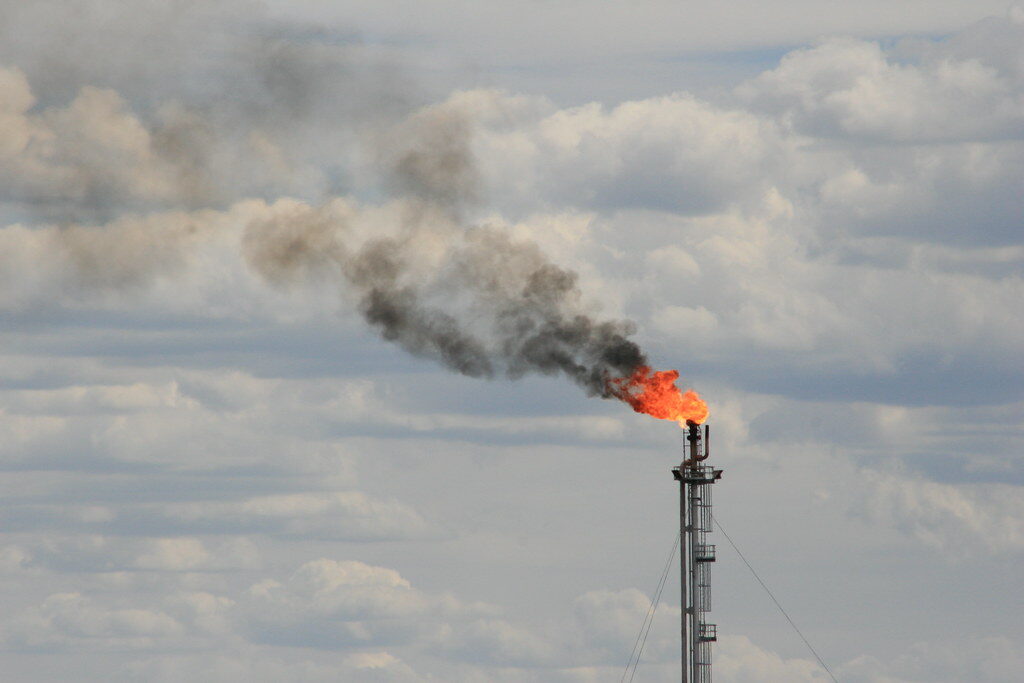Update – May 2025: At the 2025 Federal Election, Australians made a resounding choice: keep powering on with renewables and storage. Nuclear bombed at the ballot. It was politically toxic, especially with women and undecided voters. Australians have given the ALP its strongest mandate since World War II to roll out more renewable power and storage, better regulate polluters and set new, stronger climate targets.
We don’t yet know whether the Liberal Party will get behind the renewables and storage that Australians want, or keep pursuing a nuclear fantasy, but the National Party has indicated they will keep promoting nuclear. We’ll keep you up to date as each party’s policy is announced.
Federal Opposition Leader Peter Dutton and the Liberal-National Coalition have said that, if they win the next Federal Election, they would attempt to build nuclear reactors in communities around Australia to produce electricity.
Here’s what you need to know about this risky energy scheme:
Why nuclear reactors are too risky for Australia
1. Nuclear reactors risk our energy security – by failing to replace retiring coal
Coal-fired power stations still supply about half of the electricity in Australia’s main national grid – but they are outdated, unreliable, polluting and expected to close down by 2038 at the latest. That’s before a single watt of nuclear energy could enter our energy system, given nuclear reactors would take at least 15 years to get up and running in Australia, according to the CSIRO.
The majority of our coal capacity is over 40 years old, and the ability of our generators to reliably produce electricity has dropped off dramatically. Coal outages are already a primary driver of power outage warnings. We need to bring on new sources of energy right now – like solar and wind, backed by big batteries – before the lights go out and our kids’ future goes up in smoke.

2. Going nuclear means Aussies would pay more, for less
Australia’s independent science agency, CSIRO, has found that building solar and wind power backed by storage is the lowest-cost way to meet our electricity needs. Unlike renewables, the cost of building and operating nuclear energy in Australia remains prohibitively high. In fact, independent analysis shows that building nuclear could increase electricity bills by $665 on average, and $972 for a family of four.
In December 2024, the Federal Coalition released its nuclear costings. Unfortunately, as expected, these costing contain a number of misleading assumptions and omissions. Their scheme doesn’t provide enough electricity to meet our needs, underestimates the cost of building and operating nuclear reactors compared to similar nations overseas, and ignores the eyewatering costs of more climate pollution and worsening unnatural disasters. Our analysis found that the Federal Coalition’s nuclear scheme would cost up to $490 billion more than they’ve estimated and add one billion tonnes more climate pollution from burning more coal and gas while waiting for nuclear reactors.
Why should Australians pay more for less?
3. Nuclear reactor projects often face big cost and timeline blowouts
Around the world, building nuclear reactors are notorious for running overtime and over-budget. For example, the UK’s Hinkley Point C nuclear energy facility is costing three times more than promised ($90 billion) and running 14 years late (2031 vs 2017).
In the US, NuScale’s Small Modular Reactor in Idaho was expected to cost US$3.6 billion and produce 720 megawatts of electricity. Just three years later, the project cost had blown out to US$9.3 billion while capacity had reduced to 496 megawatts, and the project was ultimately cancelled in 2023.
Importantly, both of these projects were in nations with more than 60 years of experience building nuclear energy, whereas Australia has none.
4. Nuclear reactors pose significant community, environmental and health risks
Radiation from major nuclear disasters, such as Chernobyl in 1986 and Fukushima in 2011, have impacted hundreds of thousands of people and contaminated vast areas that take decades to clean up.
While rare, the risk of such disasters in Australia can’t be ruled out, and many of the proposed nuclear sites are already in disaster-prone regions experiencing escalating heatwaves, bushfires, storms and floods – which only exacerbates the risk. Even when a nuclear reactor operates as intended, it creates an expensive long-term legacy of site remediation, fuel processing and radioactive waste storage.
Why should Australians – especially those living in the regional communities which would host reactors – accept these risks when we don’t need to?

5. Nuclear reactors would require massive amounts of water in increasingly drought-prone regions
Nuclear reactors need a lot of water for cooling. For example, a typical 1600 MW nuclear facility uses about 2,000 litres of water per second, equivalent to the daily water use of four households. In a changing climate, with increased risk of droughts in Australia, the significant amounts of water used by nuclear reactors is a significant concern.
At times when water supply is tight, it’s also unclear how the needs of nuclear reactors will be balanced against those of households and farmers. Other countries with nuclear reactors may soon be facing these challenges: 61% of the USA’s nuclear energy facility are expected to face water stress by 2030, potentially forcing them to reduce their generation or even shut down.
In Australia, the driest inhabited continent on earth, nuclear’s water use is a big concern for many communities.
6. Climate change threatens our kids’ safety, and we need to be cutting climate pollution now
Climate pollution from burning coal, oil and gas for electricity is overheating our planet and harming our communities right now. Every action taken today to tackle dangerous climate change helps secure a safer future for our kids.
But the Federal Coalition’s nuclear scheme won’t cut climate pollution. In fact, the Coalition’s own modelling shows that the scheme would produce one billion tonnes more climate pollution by 2050. Incredibly, that’s equivalent to the climate pollution released by running the Eraring coal power station for another 85 years.
Why take that risk when we already have a plan to keep rolling out clean, safe, and abundant renewable power?

Here’s the bottom line: nuclear energy risks our energy security, our economy, the safety of our communities and our kids’ future. It makes no sense for Australia. On the other hand, power from the sun and wind is cheap, abundant, safe and available now. So why risk nuclear – especially when there’s so much we still don’t know? More on that below.
What we still don’t know about the Federal Coalition’s nuclear scheme
The Federal Coalition’s energy scheme was first announced back in June 2024, but there are still more questions than answers, including:
- How would the Federal Government overturn State Government bans on nuclear activity?
- How would our emergency services be equipped to deal with escalated nuclear risks?
- How would the government acquire the privately owned land and infrastructure needed to build these reactors, and what would it cost Australian taxpayers?
- How would the safety of communities living and working near the facilities be protected, especially as climate change increases the frequency and severity of unnatural disasters?
- How would water be shared between nuclear reactors, farmers and communities during droughts?
- Where and how would nuclear waste be stored? How much would that cost, and who would pay?
Renewables are safe, clean and successfully cutting climate pollution in our electricity grid right now
Already, about 40% of Australia’s electricity comes from solar, wind and hydropower. More than 4 million Australian households have put solar panels on their roof, and together they are saving $3 billion a year on electricity bills.
The Australian Energy Market Operator (AEMO) tells us that large-scale solar and wind, backed up by storage (massive batteries and pumped hydro), can provide power 24/7. We can keep accelerating this progress to build a clean grid that’s powered by renewables within the next 10 years.
So why risk going nuclear?

Need more information?
If you’re looking for another source of trusted information on nuclear energy, we recommend reading the latest explainer from Australia’s independent science-based information agency, CSIRO.










